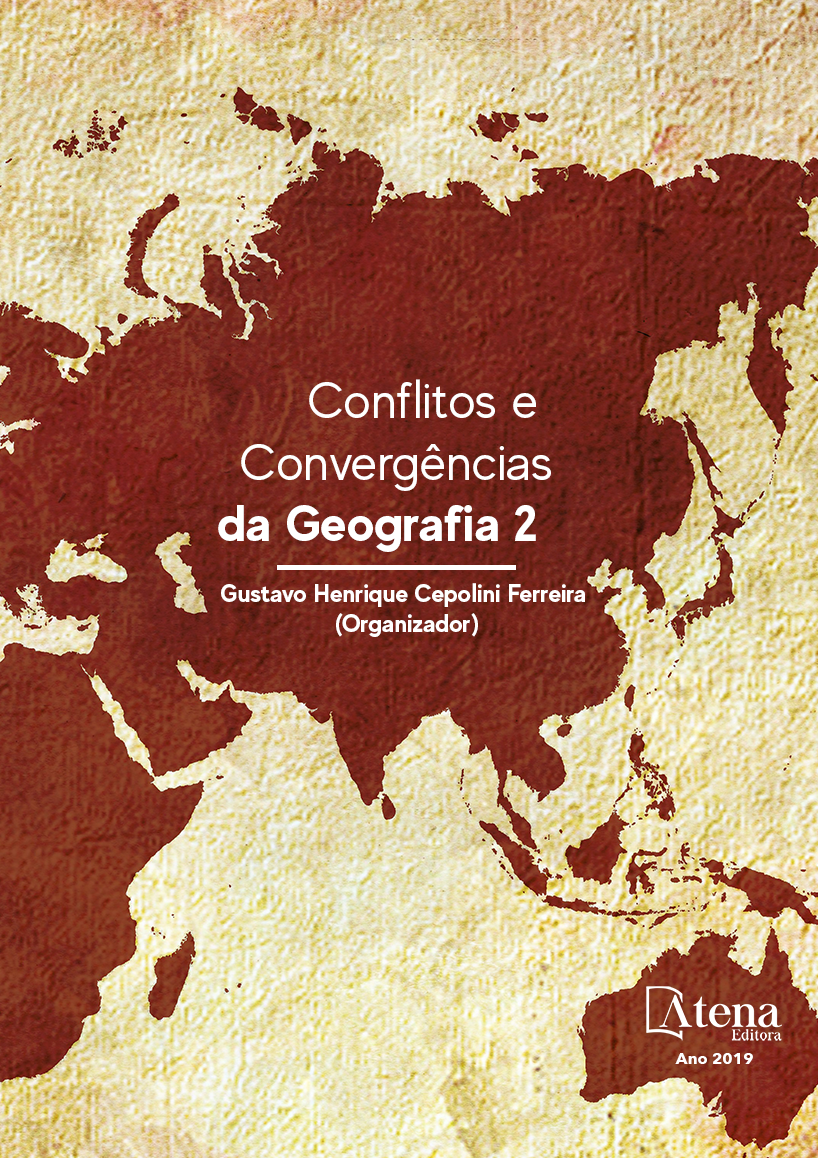
VULNERABILIDADE SOCIOAMBIENTAL À DENGUE NO RECIFE – PE
A partir do século XXI, a população
mundial tornou-se hegemonicamente urbana,
e muitos problemas relacionados às doenças
urbanas se aprofundaram. Diante disso, surge
a problemática das arboviroses, e dentre
elas, destaca-se a dengue. Nesse contexto, a
pesquisa teve como objetivo analisar a influência
de fatores socioambientais na ocorrência dos
casos de dengue no espaço urbano do Recife
– PE, entre 2015 e 2016. Como procedimento
metodológico foi utilizado a cartografia de
síntese – através de Sistema de Informação
Geográfica (SIG) – com atributos quantitativos
via álgebra de mapas e análise multicritério,
tendo o coeficiente de Pearson (r) como respaldo
estatístico. Os fatores socioambientais utilizados
para produção do mapa de vulnerabilidade
socioambiental à dengue foram: a) moradores
em domicílio particular permanente, b) domicílio
particular permanente sem esgoto ou foça
séptica, c) domicílio particular permanente com
abastecimento de água de poço ou nascente,
d) domicílio particular permanente com
abastecimento de água da chuva, e) domicílio
particular permanente com outras formas de
abastecimento de água, f) lixo jogado em
terreno baldio ou logradouro e g) lixo jogado
em rio, lago ou mar – esses fatores estão
relacionados ao Censo Demográfico 2010 do
Instituto Brasileiro de Geografia e Estatística
(IBGE). Os bairros Ibura, IPSEP, Imbiribeira,
Pina, Boa Viagem, Brasília Temosa e COHAB,
apresentaram índices alto e muito alto de
vulnerabilidade socialambiental e os maiores
registros de ocorrência dos casos dengue,
esse fato evidencia a relação entre os fatores
socioambientais e a dengue na área de estudo.
VULNERABILIDADE SOCIOAMBIENTAL À DENGUE NO RECIFE – PE
-
DOI: 10.22533/at.ed.3301915048
-
Palavras-chave: Dengue; Espaço urbano; Vulnerabilidade Socioambiental.
-
Keywords: Dengue; Urban space; Socioenvironmental Vulnerability.
-
Abstract:
From the twenty-first century, the
world’s population has become hegemonically
urban, and many problems related to urban
diseases have deepened. With this, the
problem arises of the arboviroses, and among
them, the dengue is highlighted. In this context,
the research had the objective of analyzing
the influence of socioenvironmental factors on
the occurrence of dengue cases in the urban space of Recife - PE, between 2015
and 2016. As a methodological procedure, the mapping of synthesis with quantitative
attributes through map algebra and multicriteria analysis was used through Geographic
Information System (GIS), with the Pearson coefficient (r) as statistical support. The
socioenvironmental factors used to produce the map of socioenvironmental vulnerability
to dengue were: a) permanent residents b) permanent private residence without
sewage or septic tank c) permanent private residence with water supply from well or
spring, d) permanent private residence with rainwater supply, e) permanent private
residence with other forms of water supply, f) garbage thrown in street or backyard
and g) garbage discarded in river, lake or sea, these factors are related to the 2010
Demographic Census of the Brazilian Institute of Geography and Statistics (IBGE).
The neighborhoods Ibura, IPSEP, Imbiribeira, Pina, Boa Viagem, Brasília Teimosa
e COHAB, had high and very high socioenvironmental vulnerability indexes and the
highest occurrence records of dengue cases, this fact evidences the relationship
between socioenvironmental factors and dengue in the study area.
-
Número de páginas: 15
- Rafael Silva dos Anjos
- Henrique dos Santos Ferreira
- Ranyére Silva Nóbrega
- Caio Américo Pereira de Almeida


